New study shows a carnivorous dinosaur species regrew all its teeth every few months. Majungasaurus lived in Madagascar some 70 million years ago.
Talk about high turnover.
A meat-eating dinosaur species that lived in Madagascar some 70 million years ago replaced all its teeth every couple of months or so, a new study has found, surprising even the researchers.
In fact, Majungasaurus grew new teeth roughly two to 13 times faster than those of other carnivorous dinosaurs, says paper lead author Michael D. D’Emic, an assistant professor of biology at Adelphi University. Majungasaurus would form a new tooth in each socket every couple of months.
“This meant they were wearing down their teeth quickly, possibly because they were gnawing on bones,” D’Emic says. “There is independent evidence for this in the form of scratches and gouges that match the spacing and size of their teeth on a variety of bones — bones from animals that would have been their prey.”
The Majungasaurus skull in 3D, including unerupted teeth. Credit: Eric Lund/Joseph Groenke (Ohio University); Tom Pascucci and Sae Bom Ra (Adelphi University)
Some animals today, too, will gnaw on bones, including rodents, D’Emic explains. It’s a way for them to ingest certain nutrients. It also requires exceptionally strong teeth — but Majungasaurus did not have those.
“That’s our working hypothesis for why they had such elevated rates of replacement,” D’Emic says. The rapid-fire tooth growth puts Majungasaurus in the same league with sharks and big, herbivorous dinosaurs, he adds.
Although at least a few hundred meat-eating dinosaur species roamed the Earth, researchers have analyzed tooth-replacement rates for only about a half-dozen of them, D’Emic says. He also has looked into tooth-replacement patterns in plant-eating dinosaurs.
“I’m hoping this latest project spurs more people to study other species. I bet that will reveal further surprises,” he says. “And hopefully that will lead to a better understanding of how dinosaurs evolved to be successful for so long.”
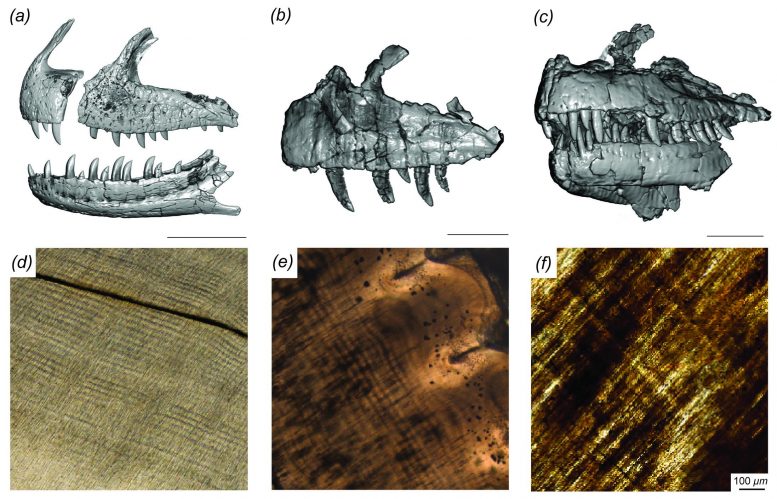
This labeled image of surface models shows specimen numbers for CT-scanned isolated Majungasaurus crenatissimus teeth. It appears in the paper “Evolution of high tooth replacement rates in theropod dinosaurs,” which is being published November 27, 2019, in PLOS ONE. Michael D’Emic of Adelphi University is the corresponding author. Credit: Michael D’Emic of Adelphi University, corresponding author
Importantly, the recent study examined two additional species of predatory dinosaur (Allosaurus and Ceratosaurus), providing an opportunity to consider tooth-growth patterns at a broader scale.
In collaboration with Patrick O’Connor, professor of anatomy at Ohio University, and Ph.D. student Eric Lund, D’Emic used a collection of isolated fossil teeth to examine microscopic growth lines in the teeth. These growth lines are similar to tree rings, but instead of being deposited once a year, they were deposited daily. At the same, the team used computerized tomography (CT) on intact jaws to visualize unerupted teeth growing deep inside the bones. That allowed them to estimate tooth-replacement rates in a large number of individual jaws so they could cross-check their results.
The time-consuming process would not have been possible without the involvement of Adelphi University students: Former undergraduates Elizabeth Mardakhayava and Joanna Gavras and current graduate student Thomas Pascucci are co-authors on the paper.
“Future research will be able to use this study to estimate the tooth-replacement rate in dinosaurs without destructively sampling teeth,” Pascucci explains.
Reference: “Evolution of high tooth replacement rates in theropod dinosaurs” by Michael D. D’Emic, Patrick M. O’Connor, Thomas R. Pascucci, Joanna N. Gavras, Elizabeth Mardakhayava and Eric K. Lund, 27 November 2019, PLOS ONE.
DOI: 10.1371/journal.pone.0224734
This work was supported in part by the U.S. National Science Foundation, Division of Earth Sciences (EAR_1525915). It appears in the journal PLOS ONE.

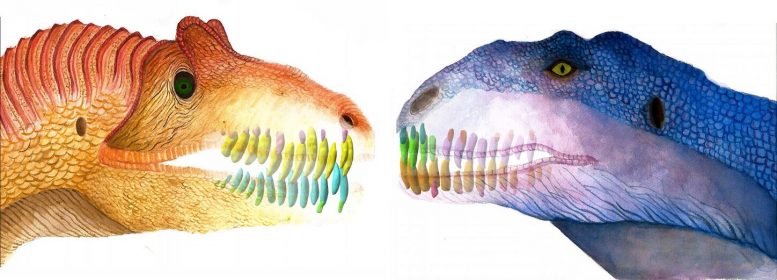
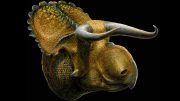
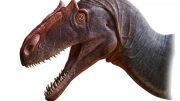
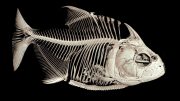
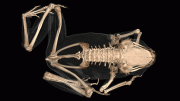
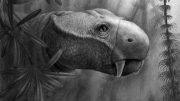
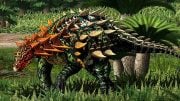
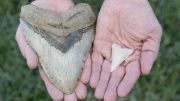
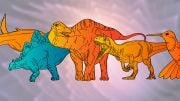
Can I assume that the supply of proto teeth eventually run out and the animal starves? At one time horses would be put down when their teeth finally grew out and then they could not chew grain and hay. We now soak our pets feed and give them hay in the form of alfalfa pellets. Would this be a limiting factor in this Majungasaurus lifespans? Or are they shark like and simply continually grow teeth?
Yes. The scientific method is based on assumption.